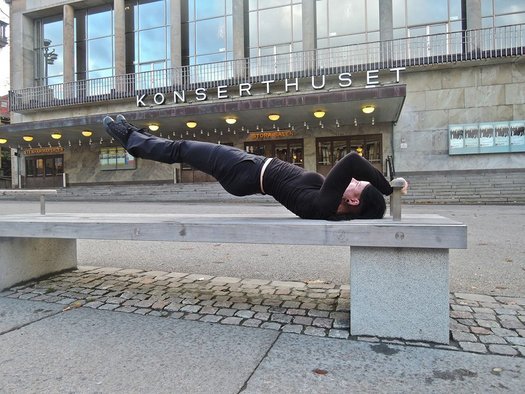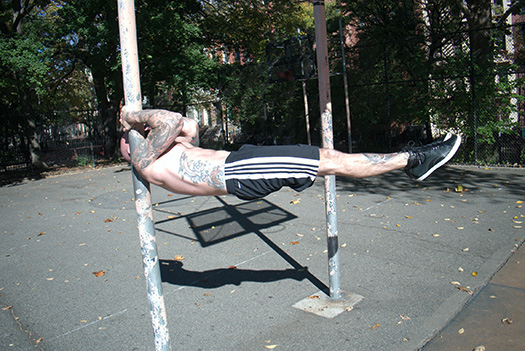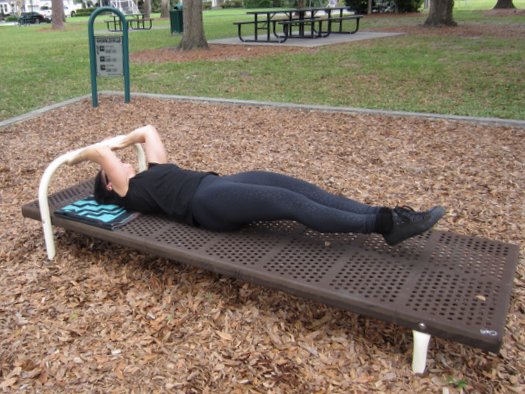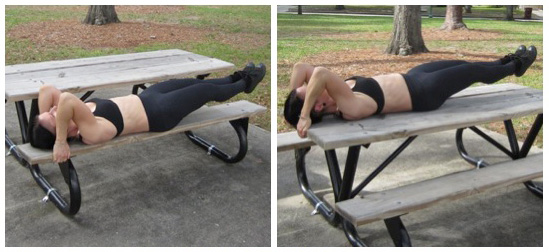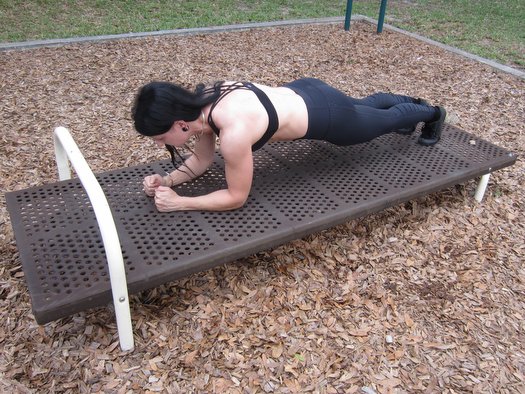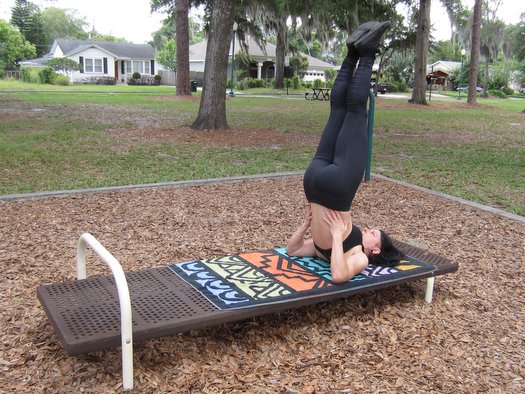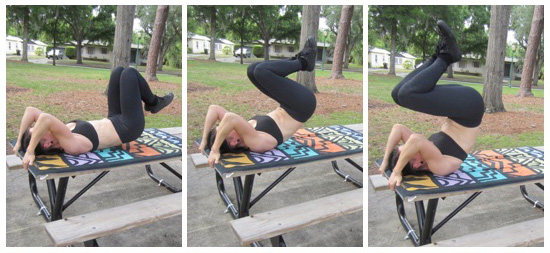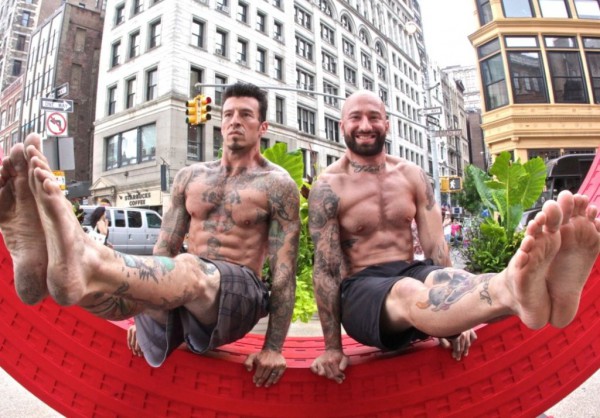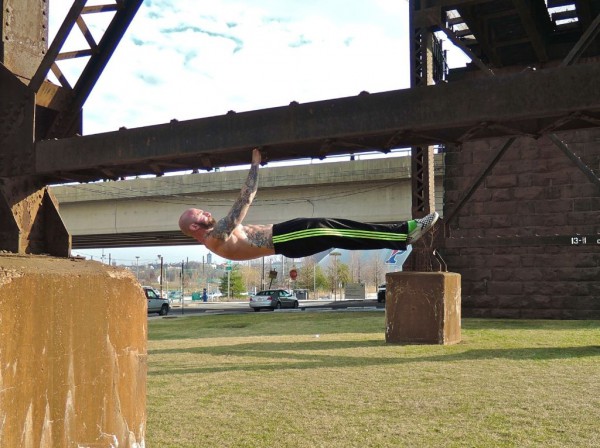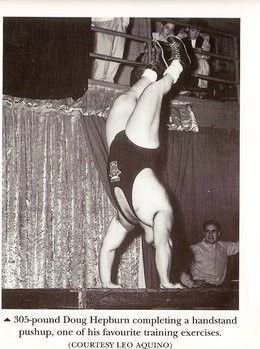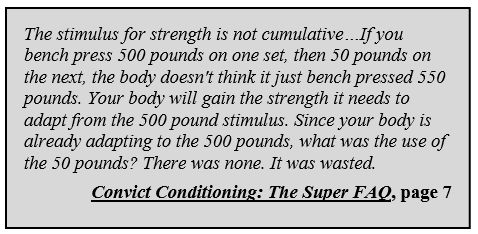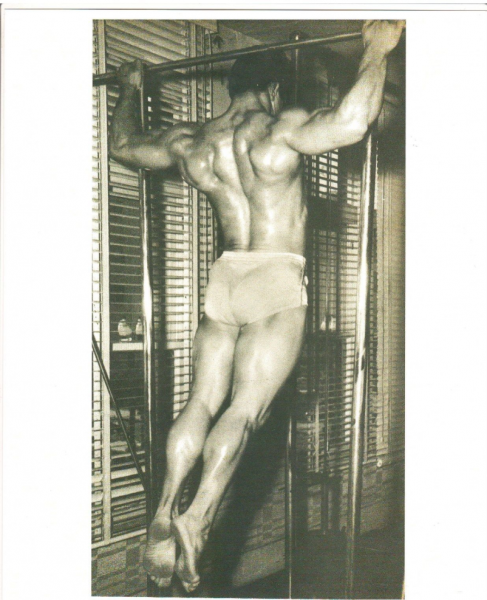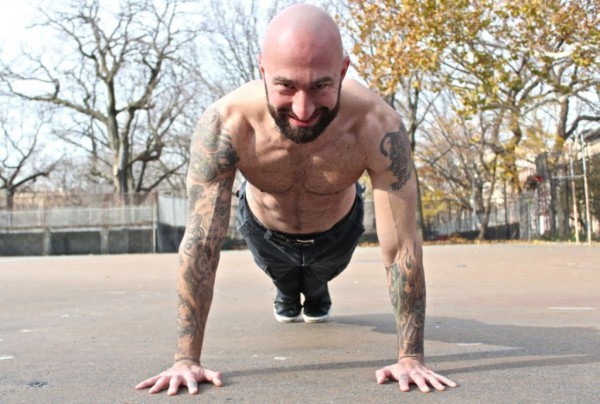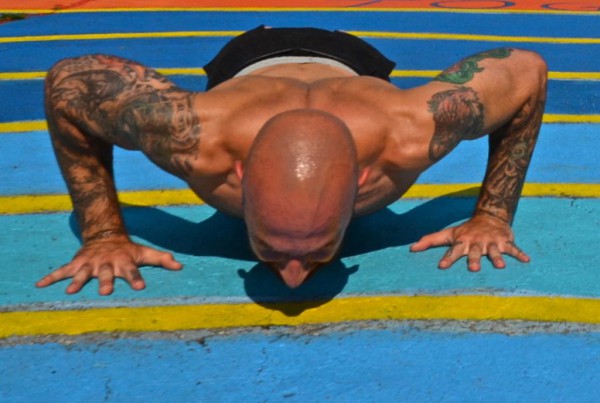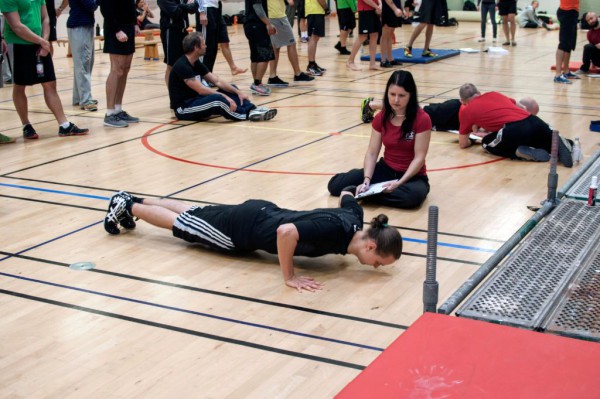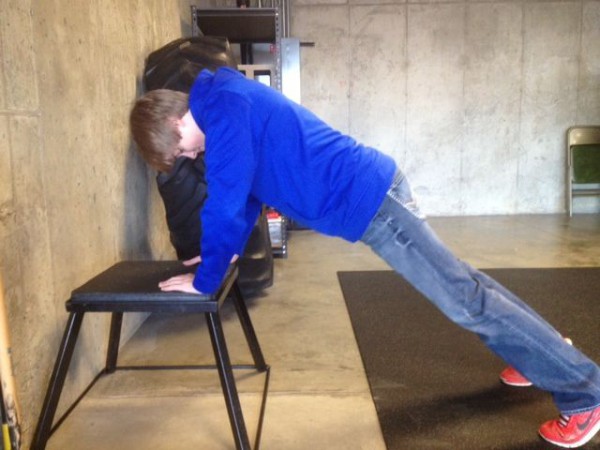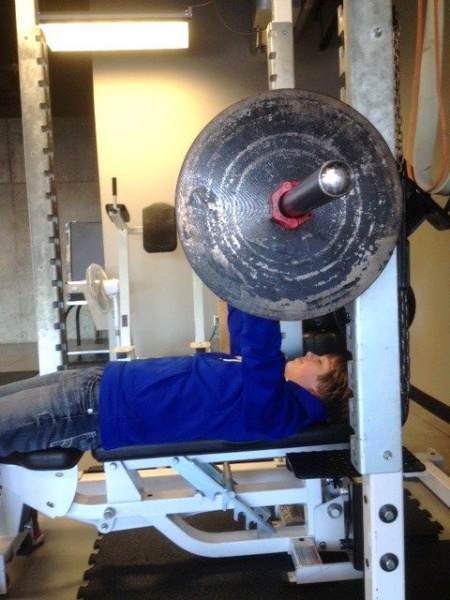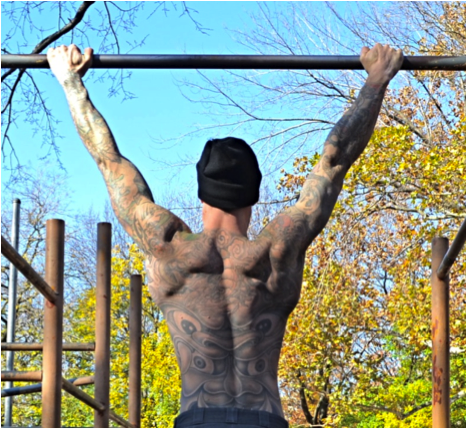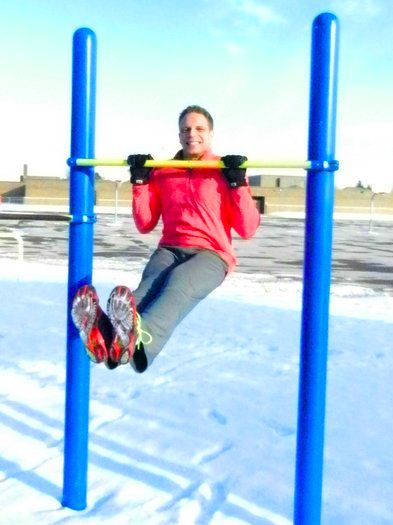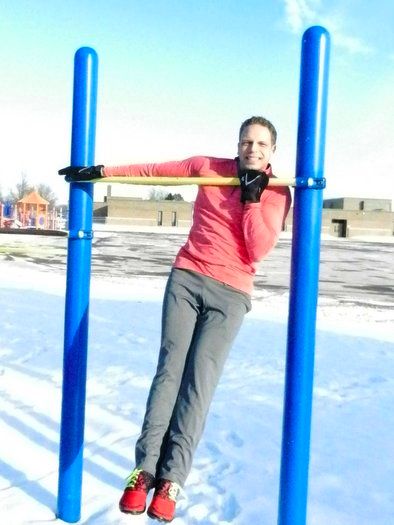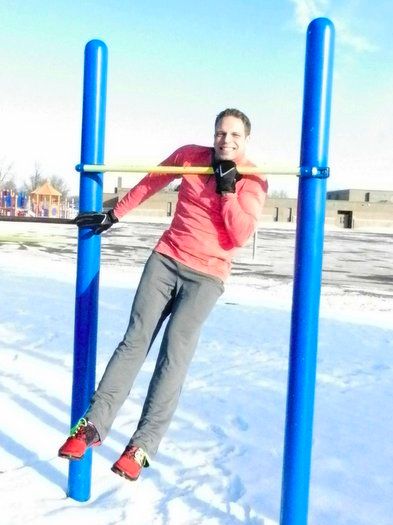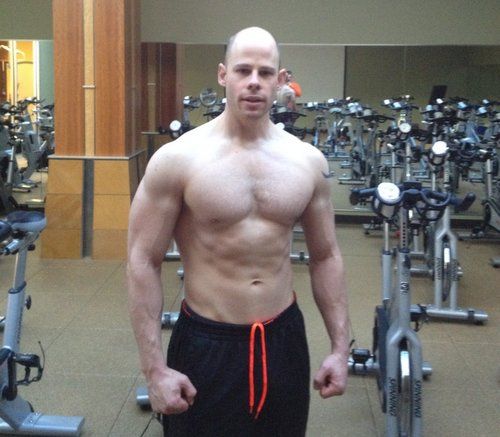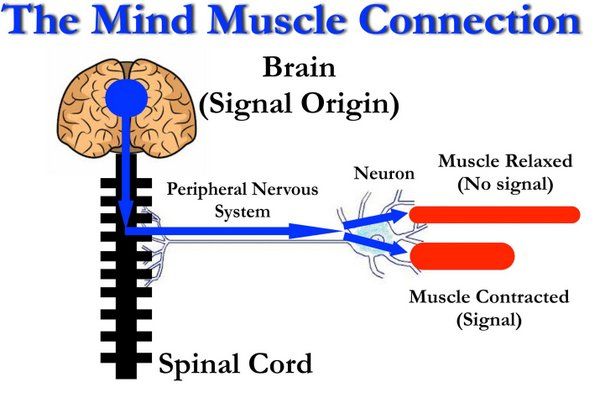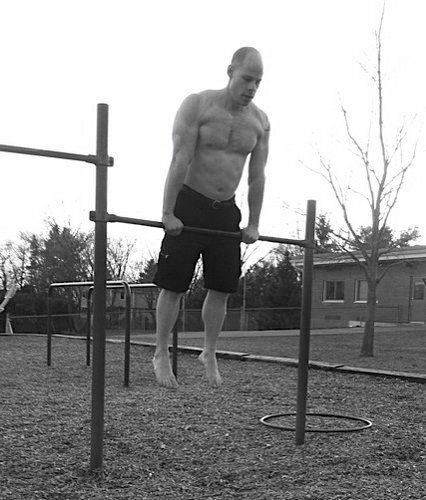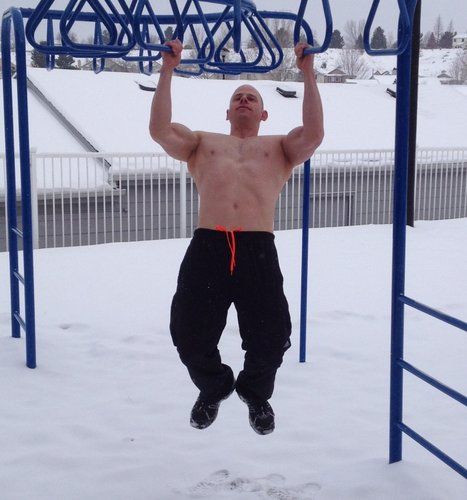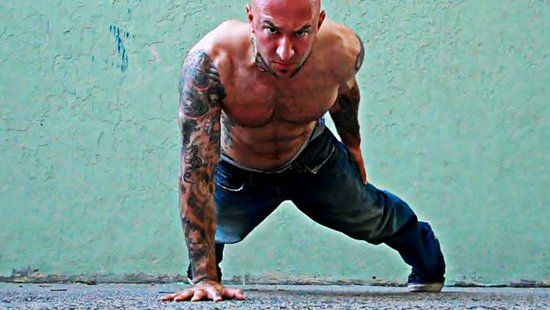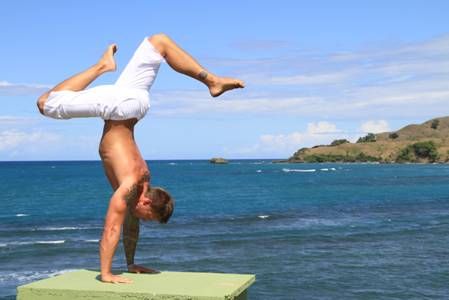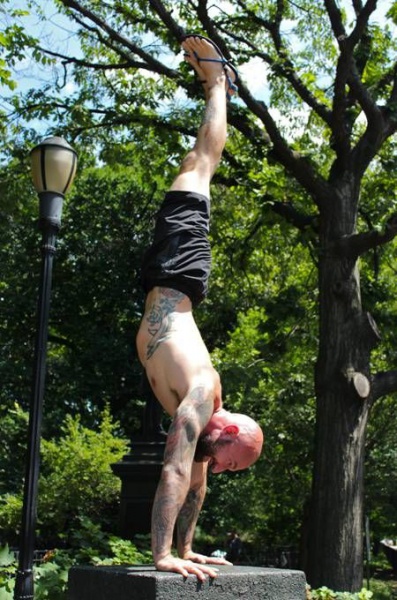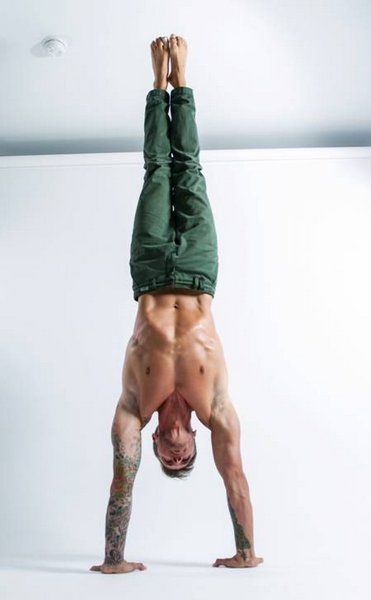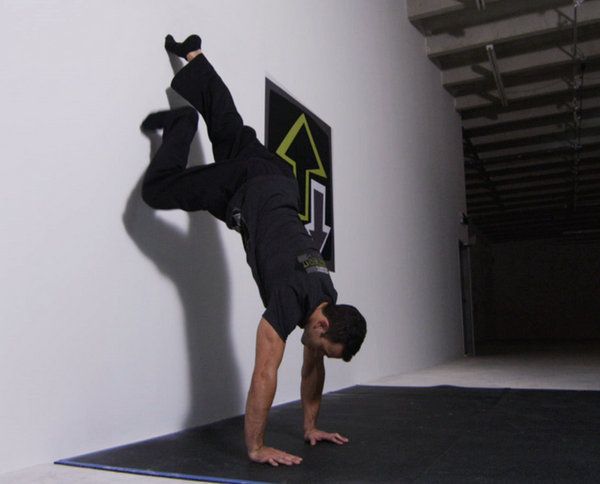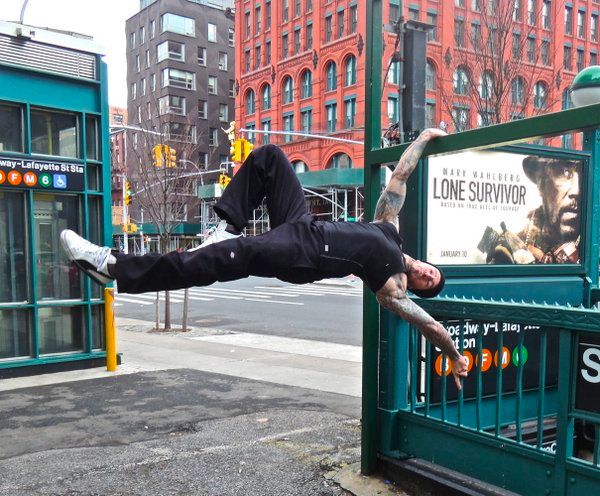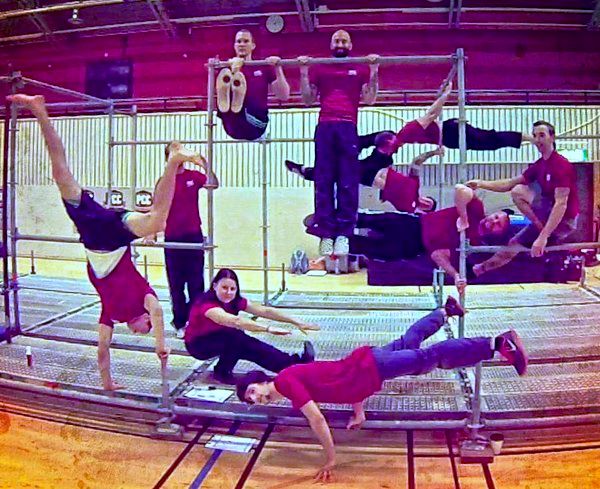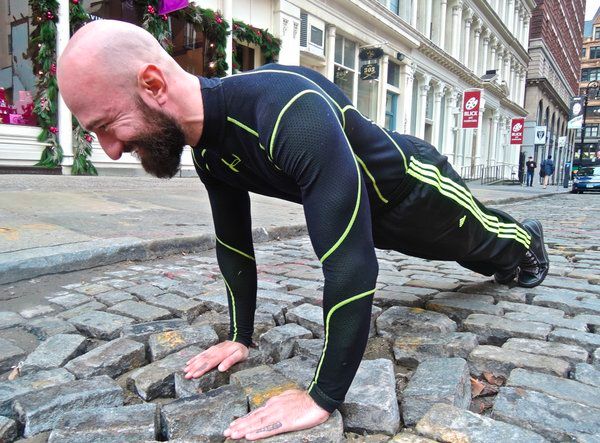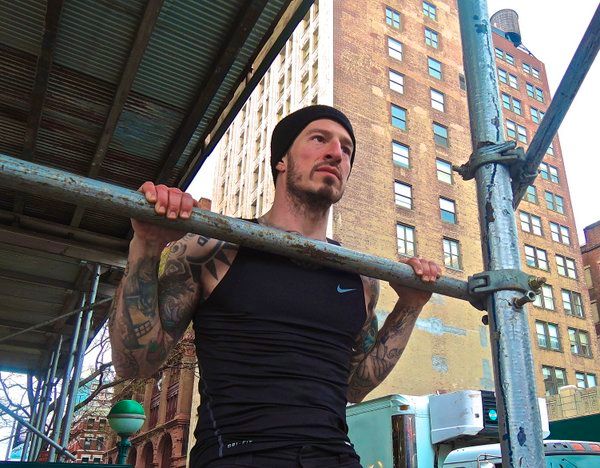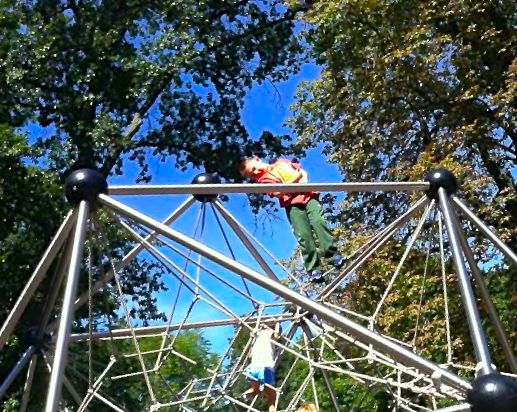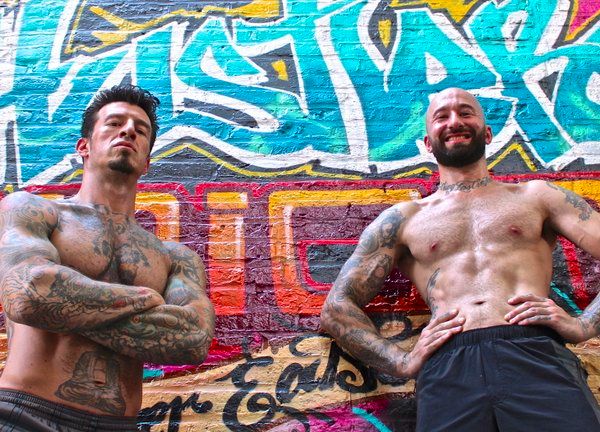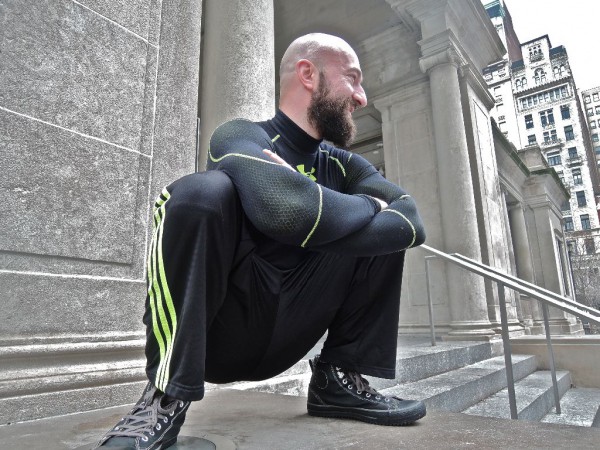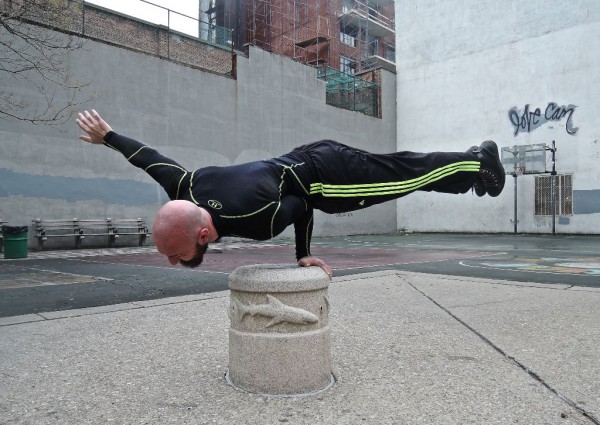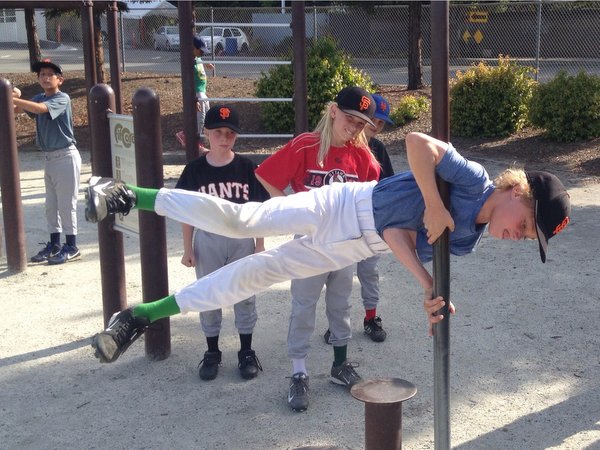
When my son began organized sports my main reason for coaching was fairly simple: spend time with my boy. Besides, who better to coach the team than someone who has experience as both a coach and former athlete, understands we are not playing for a college scholarship from the ages of 5-12, and is more than happy to explain that point to overzealous parents?
I was excited to spend quality time with my son, but over time I learned that coaching provides opportunities beyond teaching kids the skills of various sports and trying to foster an environment that would leave them wanting to sign up again the next year.

I can’t imagine a much better resource for developing motor skills, strength and athleticism in today’s youth than calisthenics. As a result, you will find our teams opening practice with a number of standard athletic drills (skips, cariocas, etc.) and animal movements to work on total body strength, stability and coordination. If we’re lucky, as we often are during our current baseball season, we will practice at a park or school that has playground equipment nearby, and the kids can all head over for a couple rounds of a fun calisthenics circuit. When we have practice at this particular school, our players show up, start playing catch to get ready for practice, and inevitably a chorus of inquiries starts, asking if they can go do their “obstacle course” to start practice. You can’t beat building genuine strength and movement skill, while all the while the kids feel like they are having a great time “playing.”
Think about some of the principles and skills required for calisthenics movements: learning to generate total body tension, learning to link the kinetic chain rather than isolating joints and muscles. Let a young athlete practice push ups, pull ups and other bar exercises and more than likely, even without being cognizant of it, they will figure out how to generate more tension throughout their kinetic chain, creating a more stable base from which to produce strength and perform the movement.
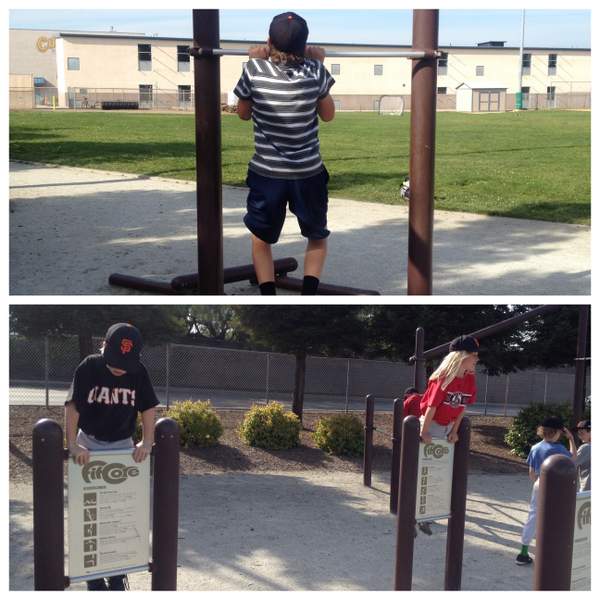
What does an athlete need to hit a baseball as far as possible, kick a soccer ball as far as possible, throw a baseball as hard as possible? They need linkage through the entire system, total body tension at just the right moments, integration of the nervous system and kinetic chain.
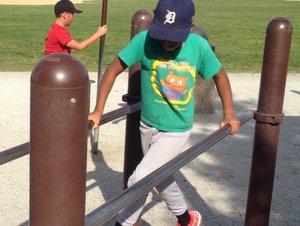 My family lives in California, a state known for great weather year-round. Despite this environment, physical education in school is down to 1 or 2 days per week as a result of state budget cuts and shifting priorities in school curriculum. Academic excellence is so prioritized that time to play outside of school also suffers. Combine this atmosphere, contemporary technological advances that have reduced our activity in general, and the realization that today’s youth are being raised with these advances completely integrated into their lives, and the bottom line is there is just not as much physical activity occurring for our youth today compared to past generations. That’s why it’s so important for parents to make sure their kids get out and move.
My family lives in California, a state known for great weather year-round. Despite this environment, physical education in school is down to 1 or 2 days per week as a result of state budget cuts and shifting priorities in school curriculum. Academic excellence is so prioritized that time to play outside of school also suffers. Combine this atmosphere, contemporary technological advances that have reduced our activity in general, and the realization that today’s youth are being raised with these advances completely integrated into their lives, and the bottom line is there is just not as much physical activity occurring for our youth today compared to past generations. That’s why it’s so important for parents to make sure their kids get out and move.
The relationship between calisthenics, youth and young athlete development seems perfectly synergistic, building strength and improving motor development in under-active children, and providing the injury prevention and general athletic development (needed to safeguard young athletes from the risks of early sport specialization). If you are a parent, consider taking advantage of the great resource that calisthenics offers to develop your child’s movement skills, athleticism and strength. And if you coach youth sports, considering doing your athletes a huge favor by making time for movement training beyond the skills of your sport.

***
About Pete D’Epiro: A fitness & performance coach in the San Francisco Bay Area for 20 years, Pete specializes in training the unique population that is the Silicon Valley executive/entrepreneur as well as junior athletes ranging from middle school to Division I scholarship athletes. Pete also volunteers his time to Stew Smith’s non-profit Heroes of Tomorrow, providing free training to candidates preparing for careers in military special operations, law enforcement, & fire. Most days of the year Pete can be found at the world-class training facility, Evolution Trainers (www.evolutiontrainers.com), in Mountain View, California.
